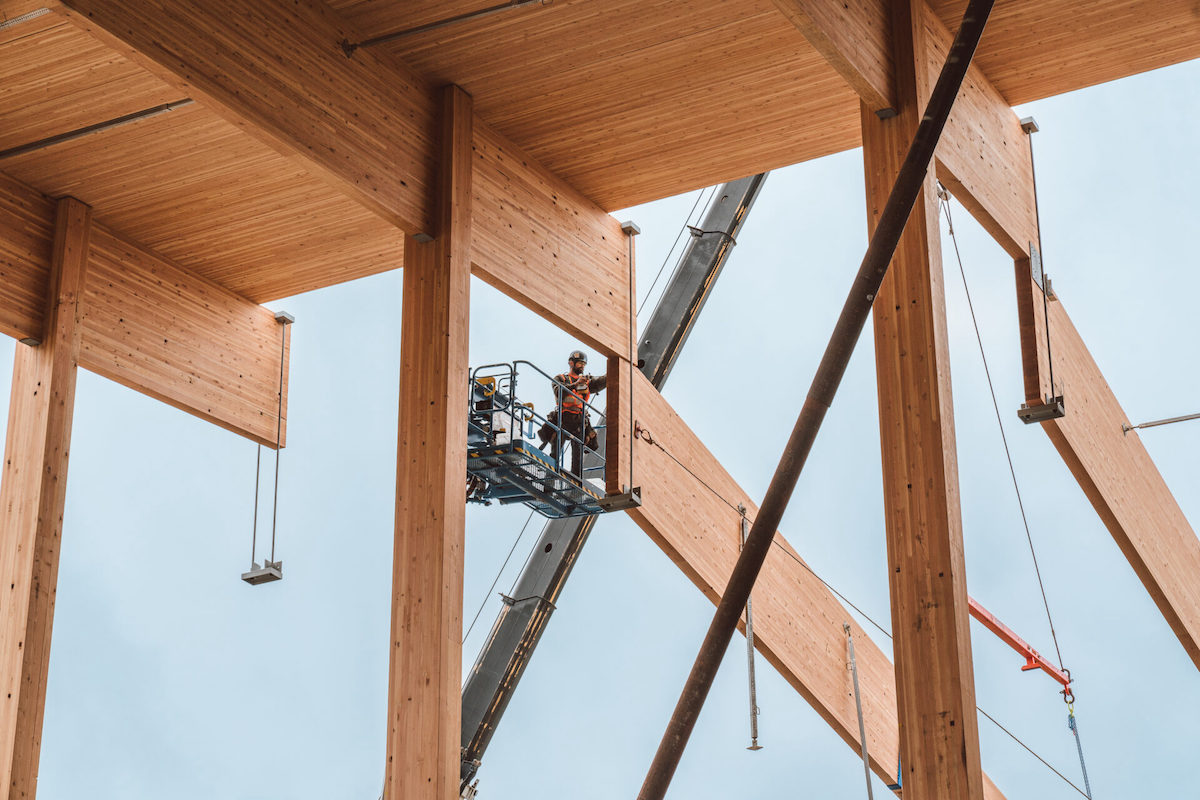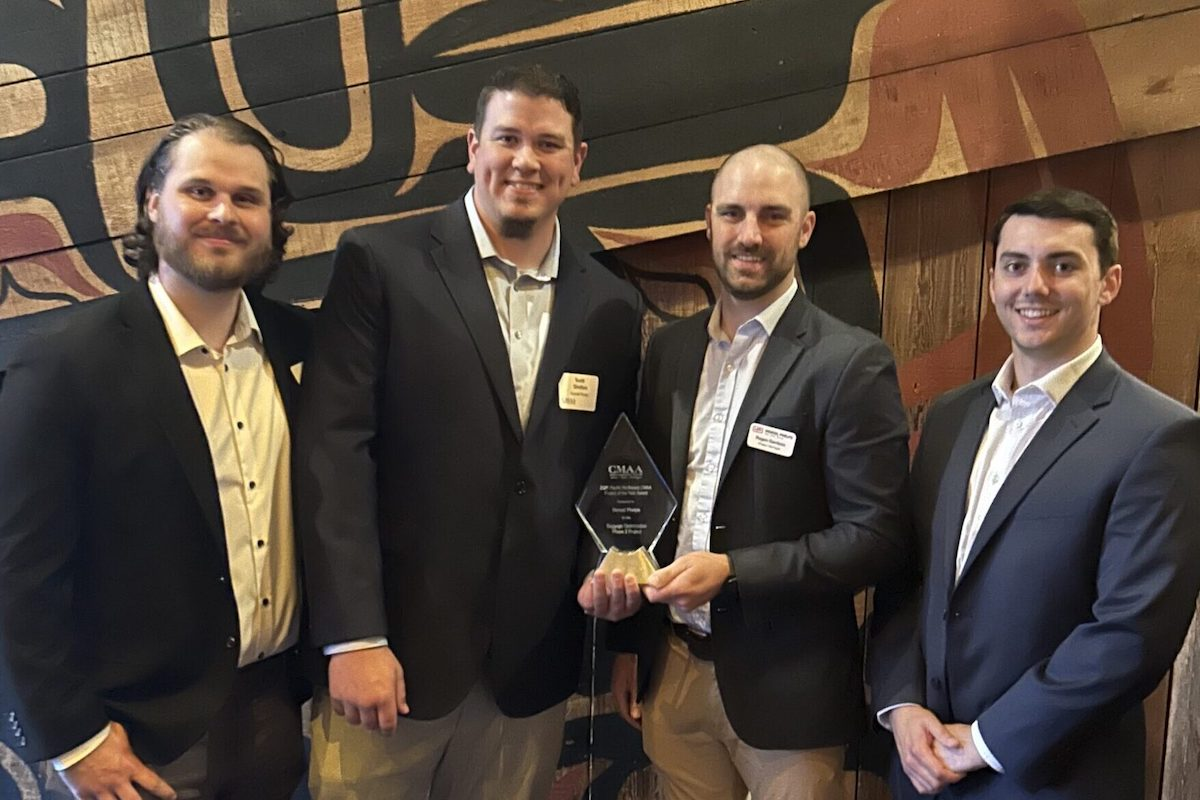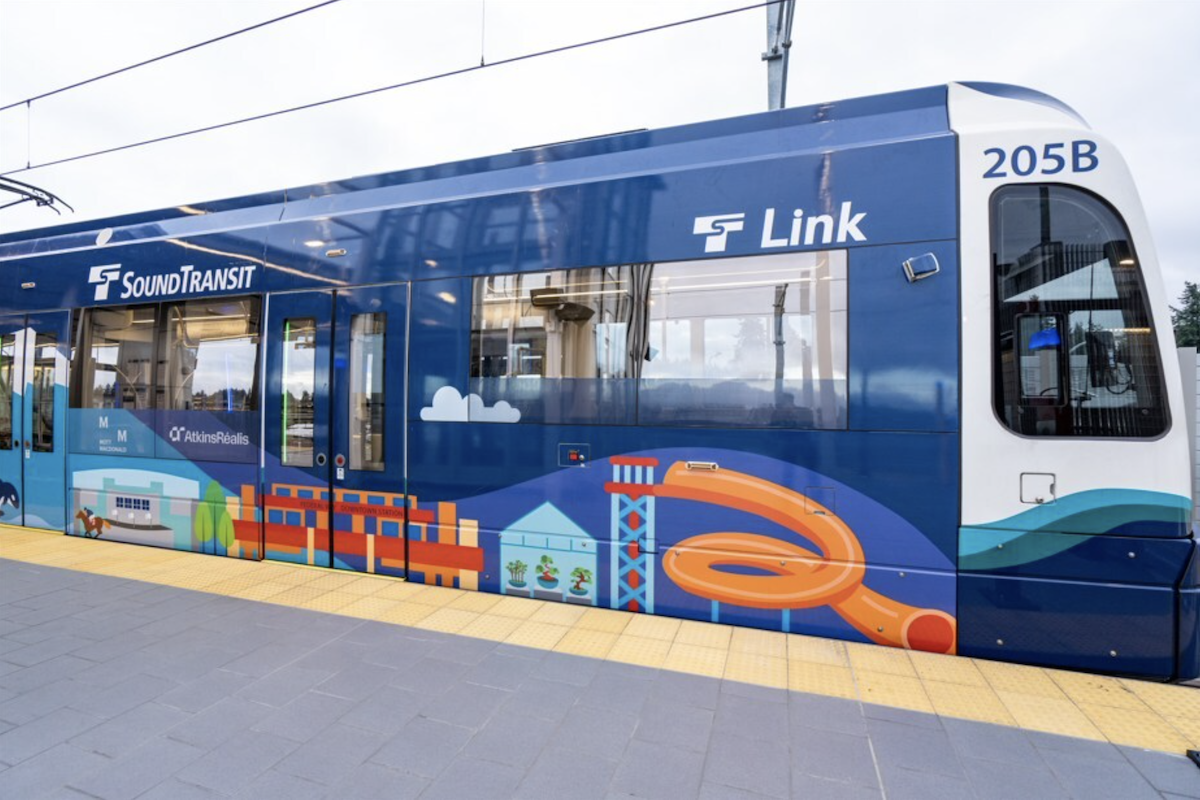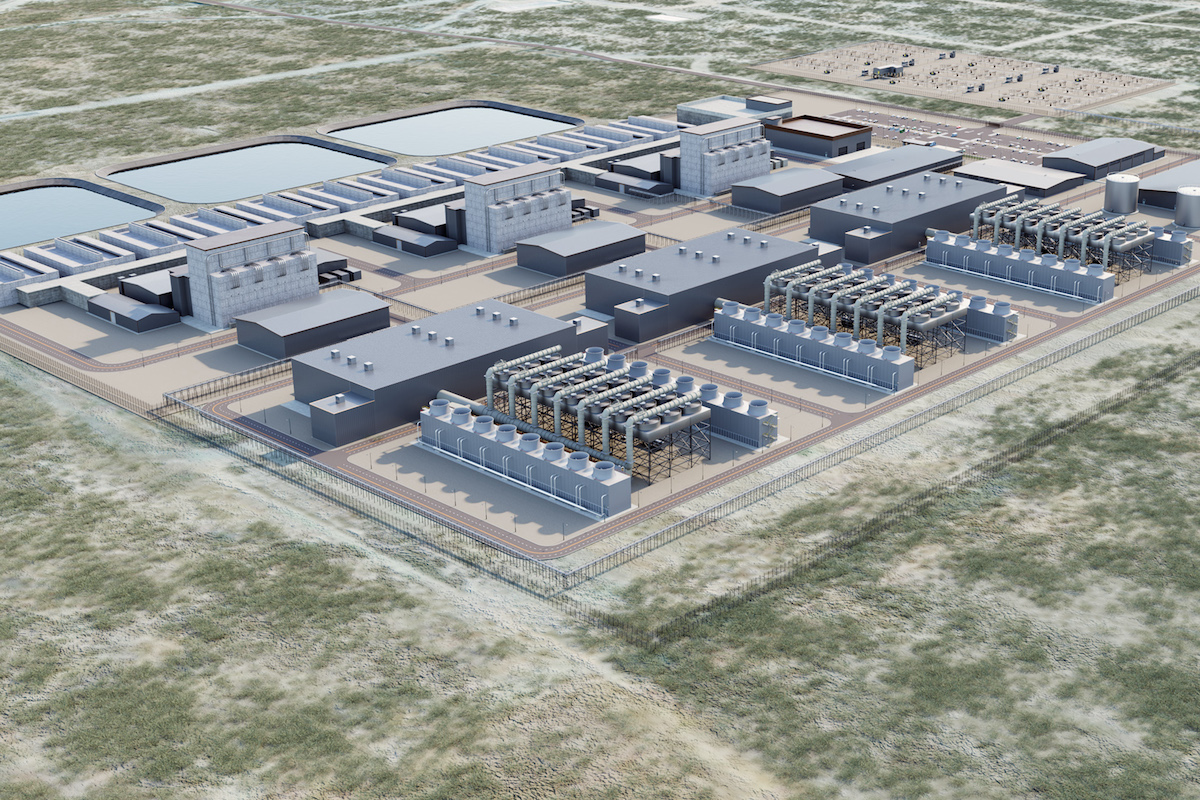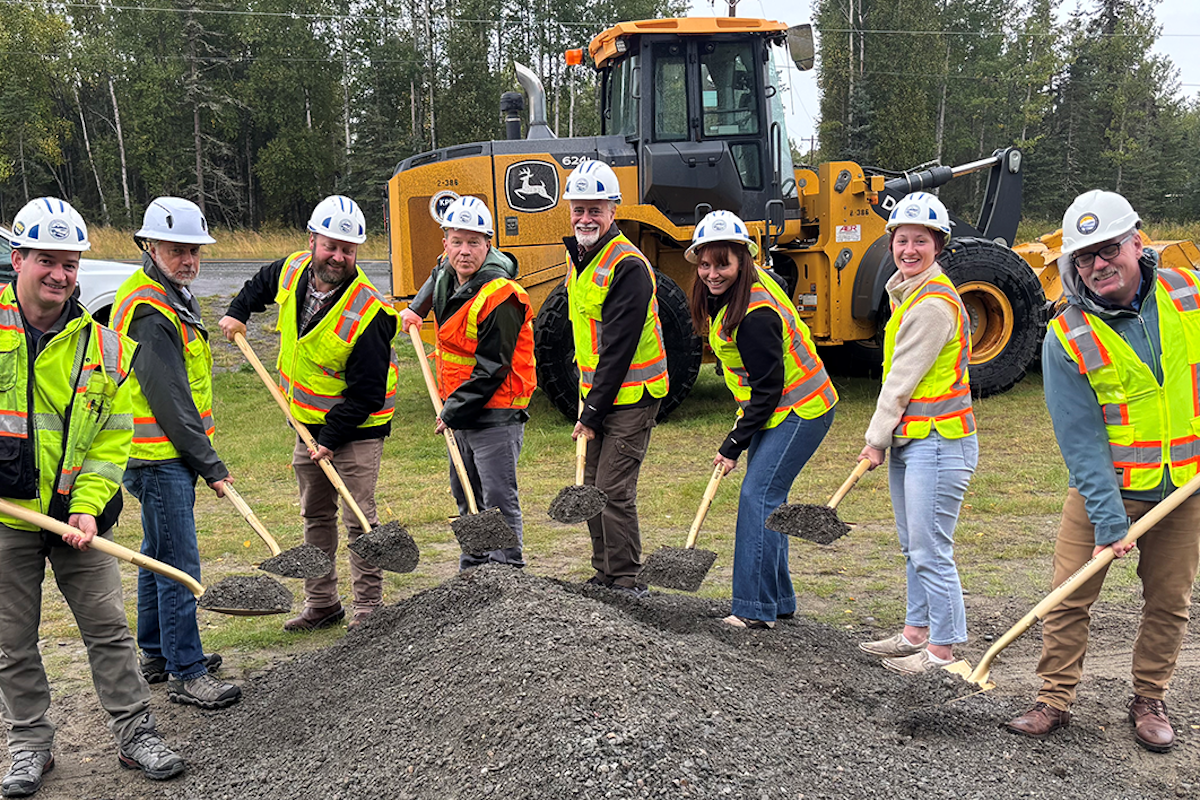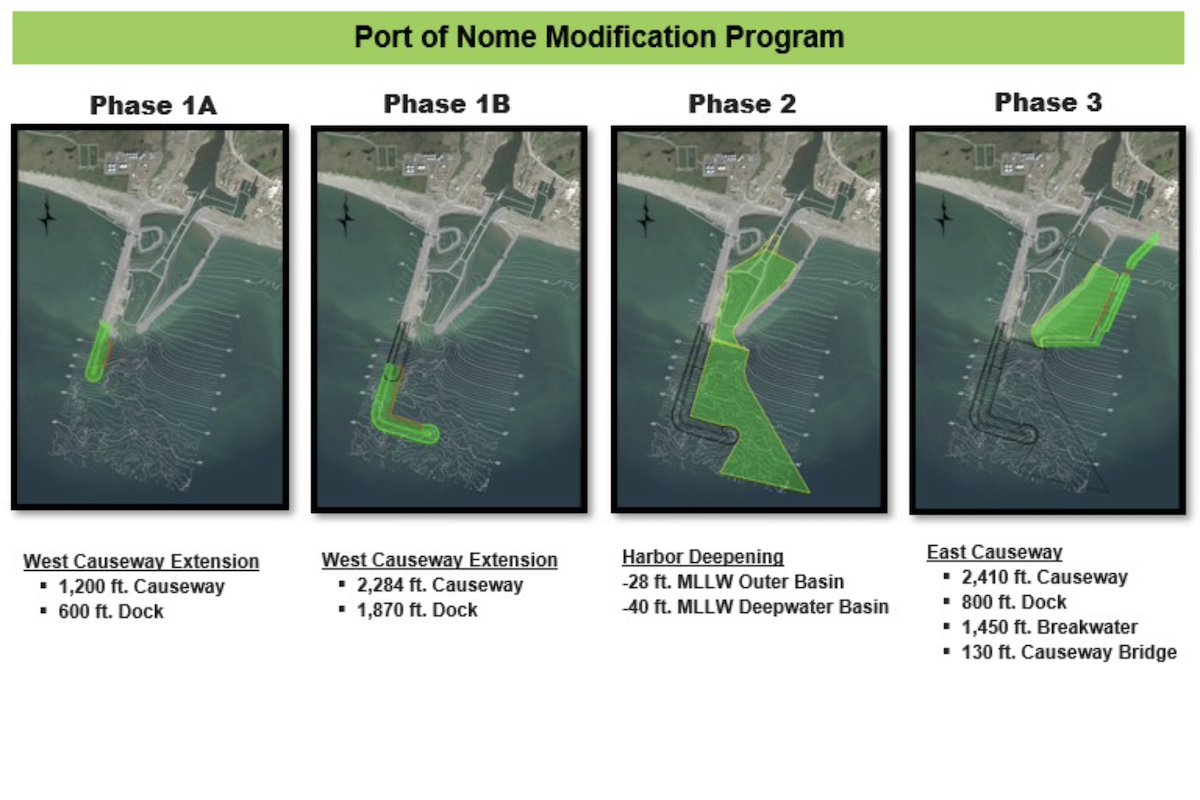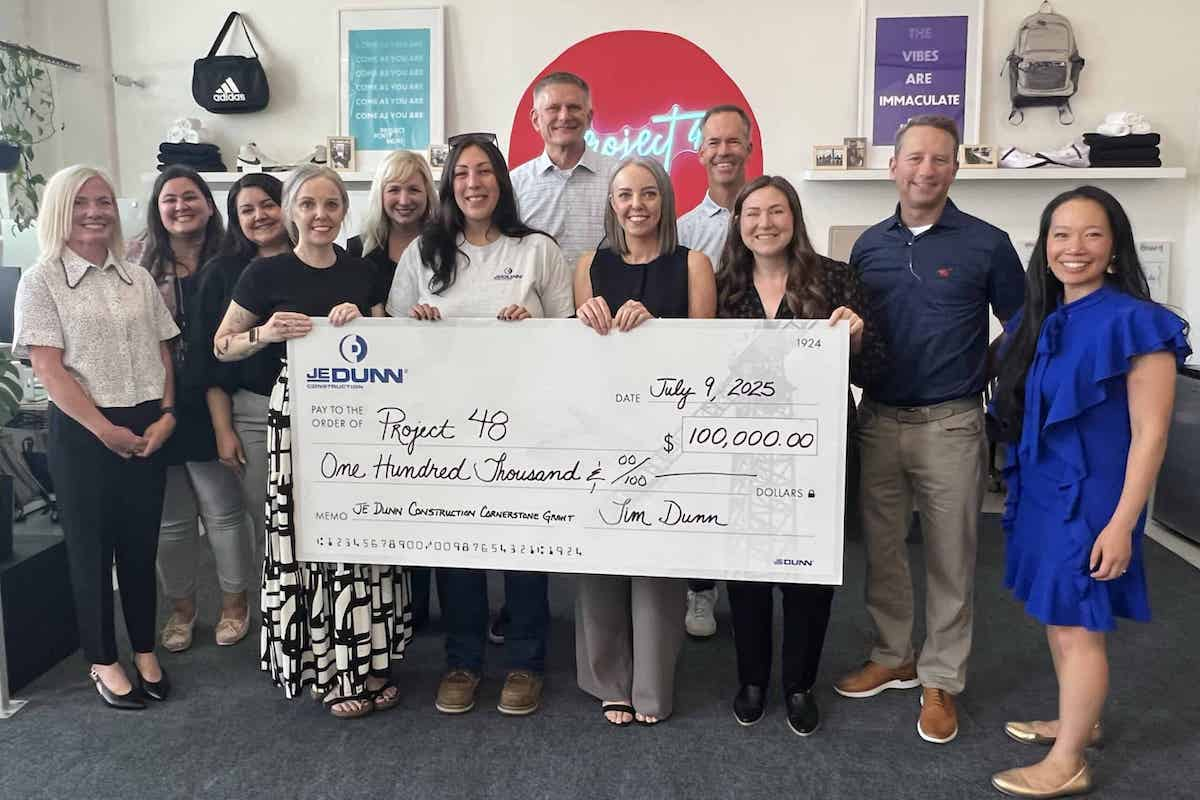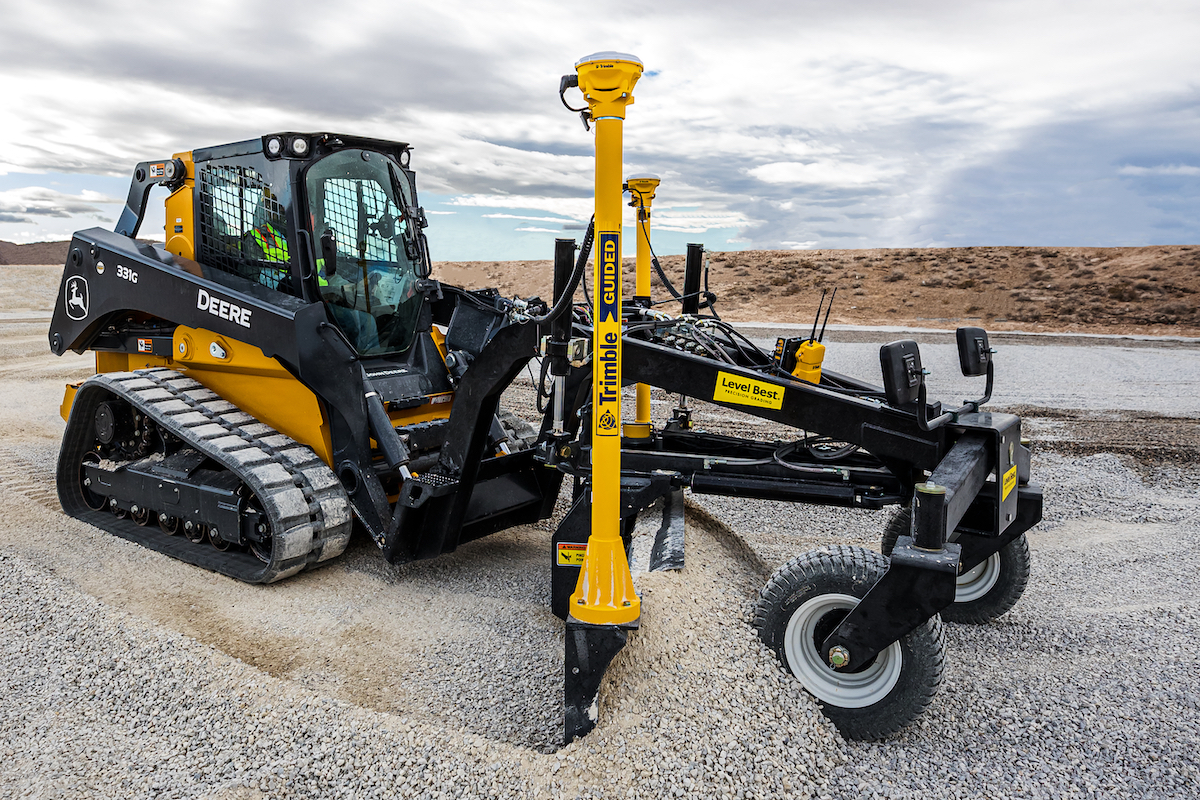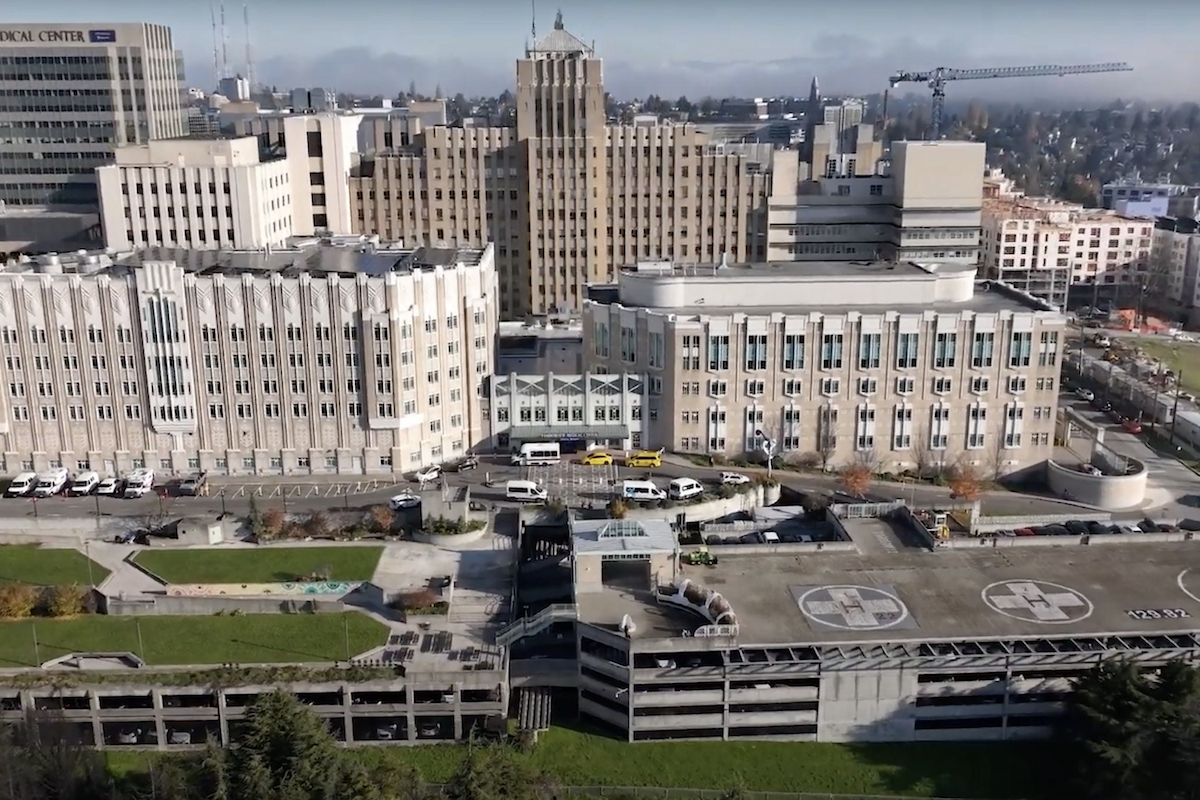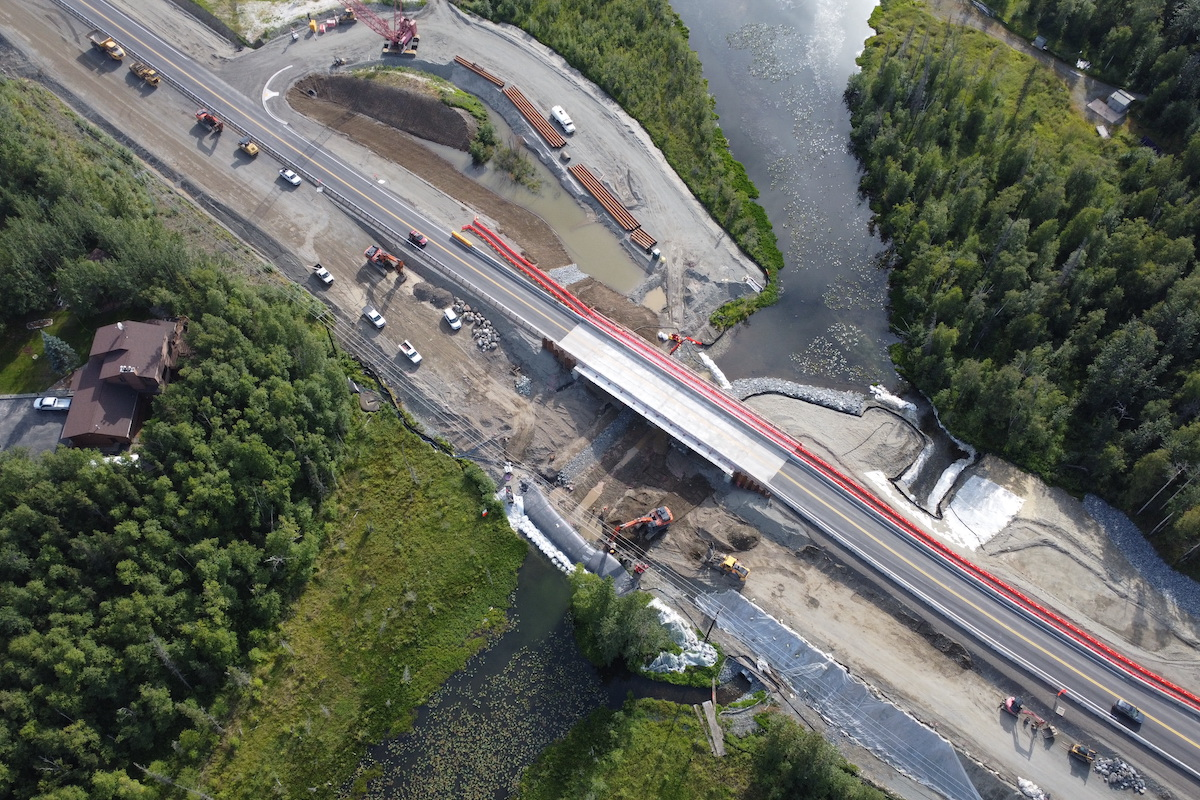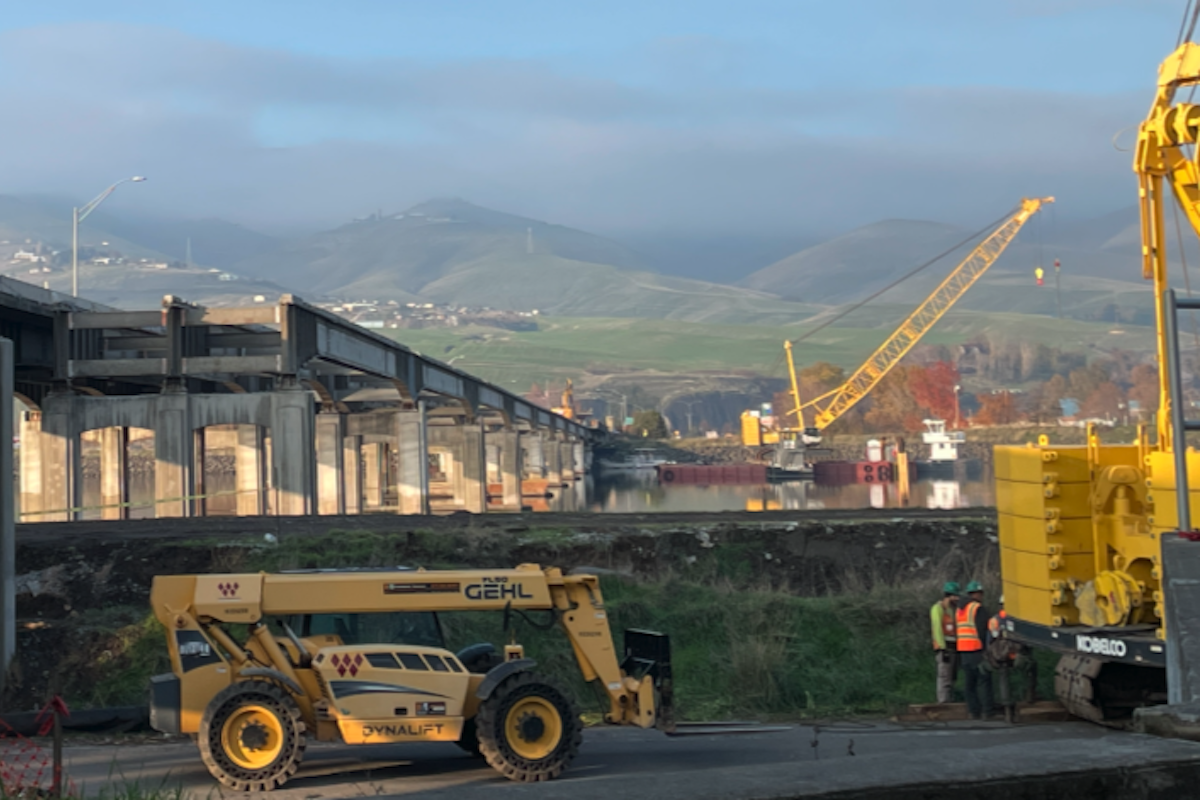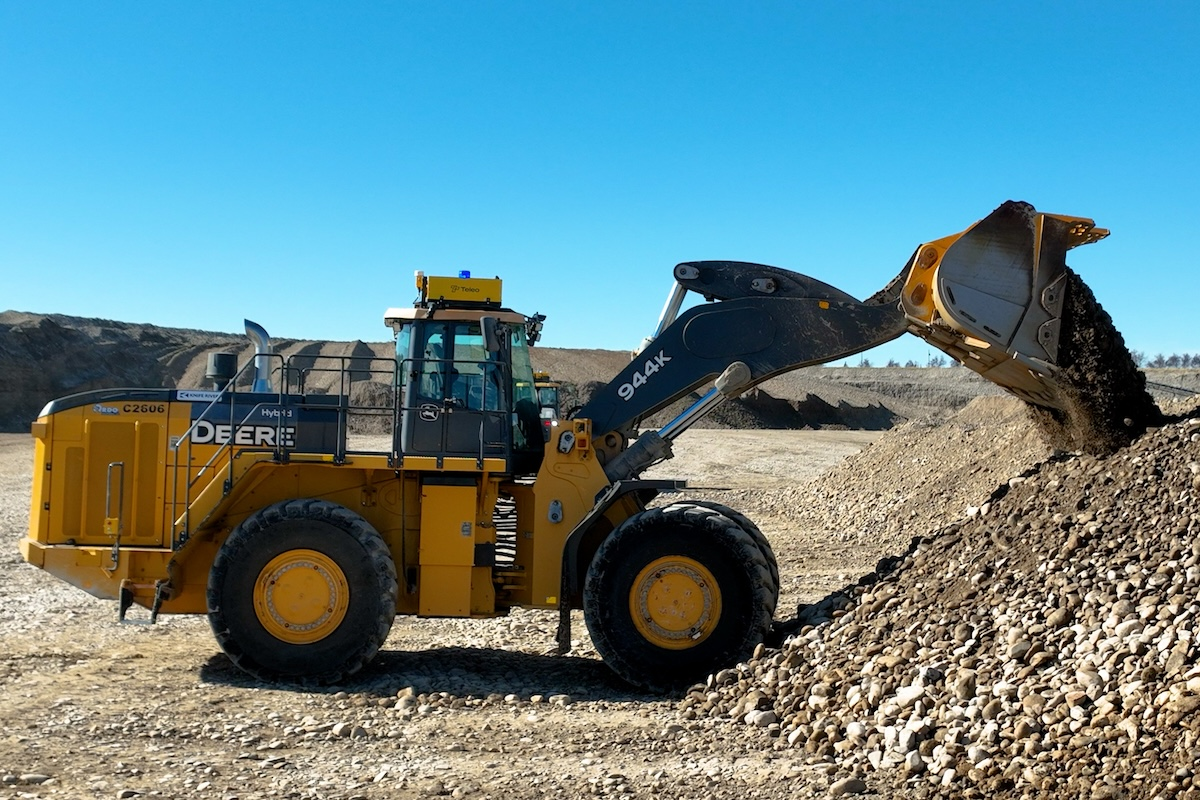Recognizing value in the European model, U.S. states slowly began to adapt and Nevada pioneered the first modern roundabout in 1990. From modest beginnings, roundabout culture in the U.S. has seen significant expansion, growing from only 150 roundabouts in the 1990s to an estimated 9,000 today.
Rising interest in slowing drivers and increasing the safety of pedestrians and bicycle riders has caused traffic engineers and urban planners to renew their efforts to refine the design of roundabouts. Today’s roundabouts typically fall into two categories: single-lane roundabouts, which are commonly found in areas with moderate traffic, and multilane roundabouts, which are designed to handle higher traffic volumes.
Single-lane roundabouts are simpler in design and easier for drivers to navigate due to the singular traffic lane. They are efficient for smoothly controlling the flow of vehicles in areas that do not experience high congestion.
Branching from standard designs, single-lane or mini-roundabouts provide many of the advantages of standard roundabouts while requiring less space. They have proven to be ideal for areas with existing low speeds where there's not enough room for bigger roundabouts with elevated centers. Mini-roundabouts are becoming increasingly prevalent in the U.S., with the highest adoption found in Maryland and Michigan.

| Your local Superior dealer |
|---|
| Westate Machinery Co |
Considering a solution to multilane challenges, a Minnesota study identified two primary accident types in such roundabouts: one where incoming vehicles do not yield to those already inside, and another where drivers, having chosen the wrong initial lane, change lanes within the roundabout. Interestingly, unfamiliarity seemingly plays a key role in such situations. Many first-time drivers opt for the outer lane even if they intend to turn left because they associate the outer lane with exiting. A driving simulator study revealed a substantial portion of drivers struggle with lane choice in multilane roundabouts.
To counteract such issues, the FHWA has followed some other countries in considering turbo roundabouts in their “Advancing Turbo Roundabouts in the United States: Synthesis Report.” Aiming to resolve the typical crash causes associated with multilane roundabouts, the turbo roundabout's distinctive design ensures smoother traffic flow by using specific features such as a second lane opposite an entry point, requiring incoming vehicles to yield to two lanes of circulating traffic, and barriers to prevent mid-roundabout lane changes.
The turbo roundabout’s design is also compact, slowing vehicles, while the roads leading into it are perpendicular. Views for incoming vehicles are strategically blocked, and there is additional space provided for larger vehicles. Critically, this layout obliges drivers to choose their intended exit lane before even entering the roundabout.
As traffic engineers and urban planners, we bear the responsibility for ushering in this new era of transportation. Continual innovation, informed design choices, and adaptability are imperative. Roundabouts and other innovations with proven efficiency and safety benefits will be at the forefront of this evolution. Our challenge is not just in perfecting the roundabout design of today, but in envisioning and shaping its role in the cities of tomorrow.
The Traffic Group is a Service-Disabled Veteran-Owned Small Business and a Maryland-based traffic engineering and transportation planning firm. For more information visit trafficgroup.com.














